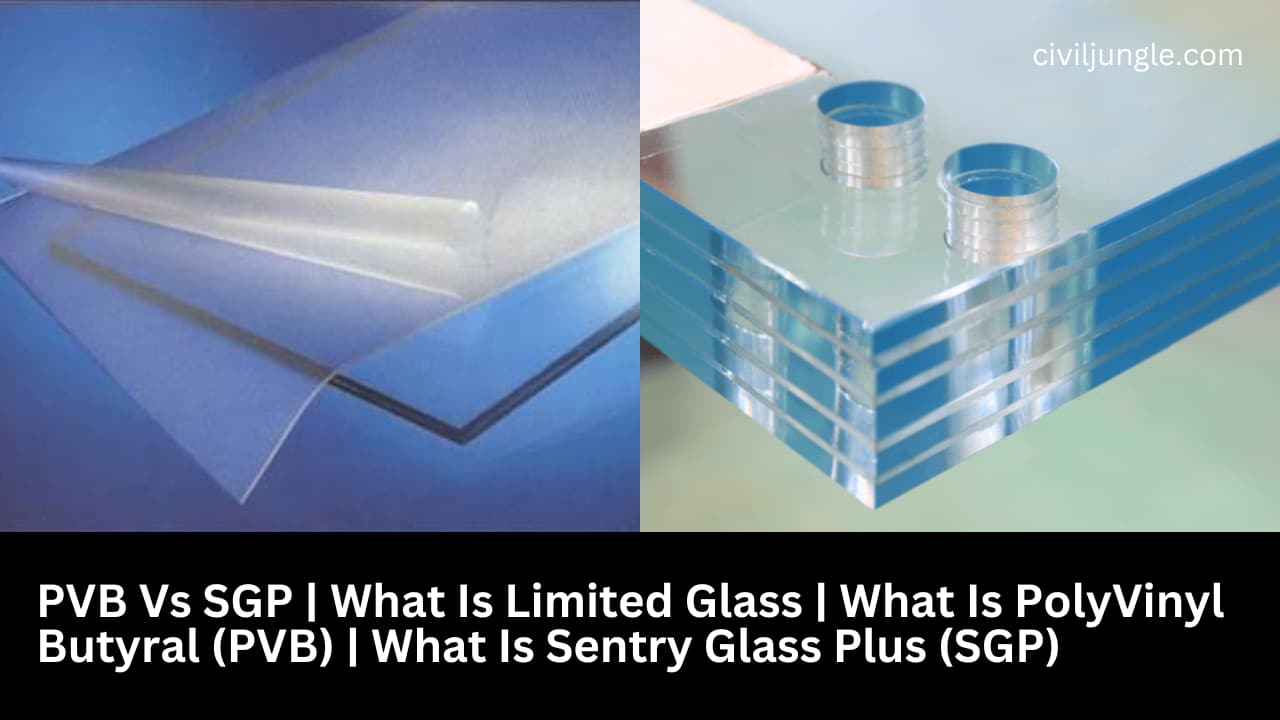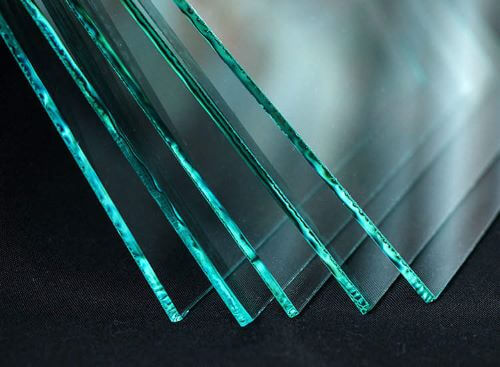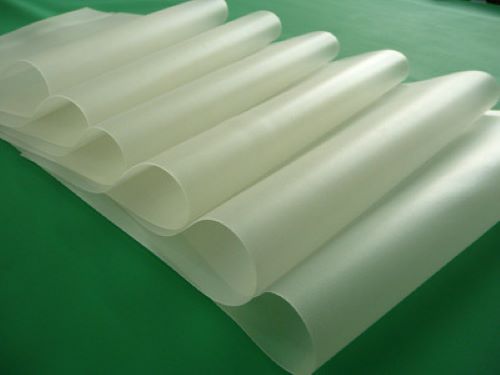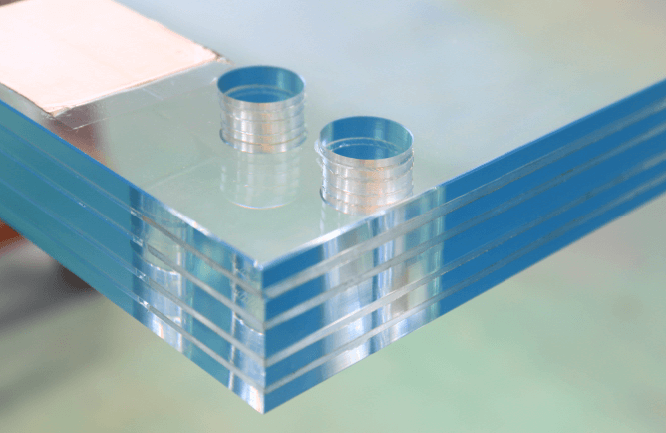What Is Limited Glass?
Important Point
Laminated Glass is a type of safety glass that holds together when shattered.
In the event of breaking, it is held in place by an interlayer, typically of polyvinyl butyral (PVB), ethylene-vinyl acetate (EVA), or sentry glass plus(SGP), between its two or more layers of glass.
The interlayer keeps the layers of glass bonded even when broken, and its high strength prevents the glass from breaking up into large sharp pieces.
This produces a characteristic “spider web” cracking pattern when the impact is not enough to completely pierce the glass.
In the case of the EVA, the thermoset EVA offers a complete bounding (cross-linking) with the material whether it is glass, polycarbonate, PET, or other types of products.
SGP is the best choice for bullet-resistant Glass (BRG) and for so-called E-Glass (Smart Glass).
Types of Interlayer for Laminated Glass
There are three types Interlayer for Laminated Glass
- PolyVinyl Butyral (PVA)
- Ethylene-Vinyl Acetate (EVA)
- Sentry Glass Plus (SGP)
Also, read: What Is a Low E Glass | Types of Low E Glass | Advantages & Disadvantages of Low E Glass
What Is PolyVinyl Butyral (PVB)?
Polyvinyl butyral (PVB) is a resin mostly used for applications that require strong binding, optical clarity, adhesion to many surfaces, toughness and flexibility.
It is prepared from polyvinyl alcohol by reaction with butyraldehyde. The major application is laminated safety glass for automobile windshields.
Also Read: What Is Luminous Flux Vs Lumens
What Is Ethylene-Vinyl Acetate (EVA)?
Ethylene-vinyl acetate (EVA), also known as poly ethylene-vinyl acetate (PEVA), is the copolymer of ethylene and vinyl acetate.
The weight % (percent) of vinyl acetate usually varies from 10 to 40%, with the remainder being ethylene.
There are three different types of EVA copolymer, which differ in the vinyl acetate (VA) content and the way the materials are used.
Also, read: How to Calculate Staircase | Concrete & Bar Bending Schedule (BBS) | Staircase Reinforcement Details
What Is Sentry Glass Plus (SGP)?
The DuPont Sentry Glass Plus (SGP) is composed of a tough plastic interlayer composite that is laminated between two layers of tempered glass.
Sentry Glass Plus is an ideal product for complex glazing projects that require increased strength and enhanced appearance.
The benefits of Sentry Glass Plus are not only confined to complex projects. Glazing systems that utilize SGP are typically lighter than their PVB counterparts.
Also, read: What Is Window | Functions of Windows | Location of Windows | Standard Height of Windows
Difference Between PVB And SGP
| Sr.No. | Detail | PVB | SGP |
| 1 | Manufacturer | PVB is Polyvinyl butyral, many different suppliers can produce this material all around the world. | SGP is an abbreviation of Sentry Glass Plus Interlayer, crated by American brand Dupont, on June 1, 2014, Kuraray Co., Ltd. became the exclusive licensee for the technology and trademark of SentryGlas®. |
| 2 | Strength | PVB is by far the most commonly used and specified interlayer for a wide variety of applications in construction. | The newer SGP interlayer is marketed as a product that offers 5-times the tear strength and 100-times the rigidity of standard PVB. |
| 3 | Thickness | The PVB thickness is 0.38mm, 0.76mm, 1.14mm, multiple of 0.38mm, | The SGP thickness is 0.89mm, 1.52mm, 2.28mm, etc. |
| 4 | Stiffness | The special PVB interlayer in laminated glass can absorb the impact and resists penetration. Under extremely harsh impact, the glass might break but the glass fragments will remain firmly attached to the interlayer and not shatter like ordinary glass. This minimises the risk of injuries and ensures safety. |
A laminate with SGP will not pass safety standards for windshields because the SGP is stiffer and the laminated glass would be too stiff for head impact. There is a reason that SGP is not used in laminates in automobile glazing. |
| 5 | Yellow Index | The PVB yellow index is 6-12 | The SGP yellow index is smaller than 1.5. so the SGP laminated glass is much more clear than PVB laminated glass. |
| 6 | Application | Application for PVB laminated glass: railing, fence, stair, floor, shower room, tabletop, windows, glass sliding door, glass partition, glass skylight, glass curtain wall, windows, glass doors, glass facade, windshields, Bullet-proof glass, etc | Application for SGP: Bullet-proof glass, Explosion-proof glass, High-speed train windshield, Railings -SGP hurricane glass, Ceiling, skylight, staircase, steps, floor, fence, canopy, partition, etc. |
| 7 | Cost-Effective | PVB is more cost-effective than SGP laminated glass | SGP is more expensive than PVB laminated glass. |
Like this post? Share it with your friends!
Suggested Read –
- What Are Bridge Abutment | Types of Abutments
- What Is Fresh Concrete | Properties of Fresh Concrete
- Difference Between CPM and PERT | What Is CPM & PERT
- What Is Falsework | Types of Falsework |Causes of Falsework Failures
- What Is Gypsum Plaster | Advantage and Disadvantage of Gypsum Plaster
- Difference Between Formwork, Shuttering, Centering, Staging & Scaffolding
Originally posted 2020-10-21 20:51:36.






Leave a Reply